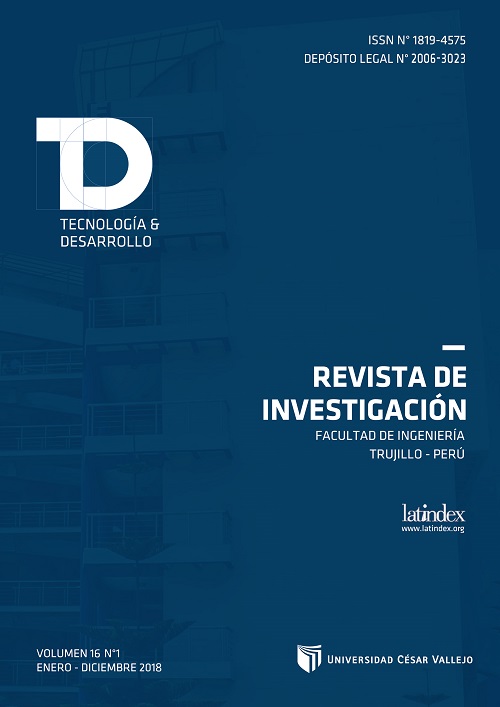Design and implementation of a 3D multifunctional core XY printer
DOI:
https://doi.org/10.18050/td.v16i1.1960Keywords:
Additive manufacturing, 3D printer, Automation, CORE-XYAbstract
In this paper presents the design, simulation and implementation of a 3D printer with additive printing capacity and laser, within the framework of a technological development strategy focused on the region La Libertad-Peru. One of the most important purposes of this project is to obtain a methodology, protocol and know how to develop this type of technological devices with the best technical performance of the market. A common feature in the formation of various professions such as engineering, medicine, dentistry, architecture, arts, etc., is the use of prototypes and models to facilitate the understanding, analysis and synthesis of various knowledge as well as the use of these as tools for validate different works of research or technological innovation. In general, the prototypes and models are made up of various pieces that students manufacture and assemble in many cases manually or with instruments that do not assure them the required accuracy, robustness, stability and elegance of the final prototype. This can generate cases where the design and mathematical modeling of an academic work is adequately supported, however, its experimental validation is poor due to the constructive uncertainties of the final product of the work. In engineering, the prototyping and use of models is inherent to the profession itself and its efficient manufacturing and assembly allows a better understanding and understanding of the diversity of knowledge that is integrated to obtain a specific product, otherwise, that is, the use of deficient prototypes (poorly assembled parts, excess friction, interplay between games, excessive vibrations, etc ...) can affect the motivation of the student and generate distrust in the theoretical knowledge given that the prototype does not work according to what is expected from the theory. A proposed solution for the previously described, is the manufacture of pieces from a 3D file through the subsequent deposition of layers of material to obtain the desired piece. In the market there are several models of low cost 3D printers that allow to obtain pieces with simple geometry but they also have continuous defects in their operation when you want to increase the complexity of the geometry of the piece to obtain and that is due to structural limitations mechanical, the simplicity of the drive, sensor and electronic control components of such equipment. This paper presents the development and implementation of a highly versatile, flexible, easy-to-install 3D printer that occupies little space, stable operation and especially open technology, that is, with hardware and software with free code so that Allow students to modify and improve their future benefits. First, the design criteria and desired technical properties of the printer are defined, which allows selecting the Core XY geometry as the most suitable to achieve them. Second, the design is validated by simulation, third, the multifunctional 3D printer is implemented according to the results of the simulation and finally different printed objects are shown.
Downloads
Downloads
Published
How to Cite
Issue
Section
License
Copyright (c) 2018 Tecnología & Desarrollo

This work is licensed under a Creative Commons Attribution-NonCommercial 4.0 International License.









